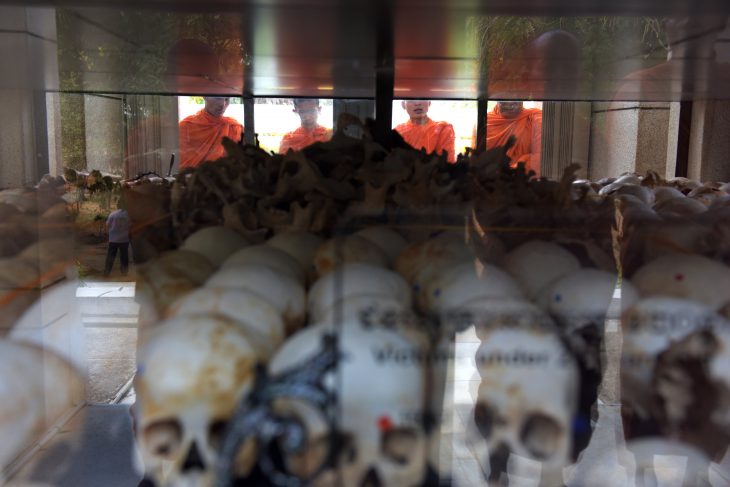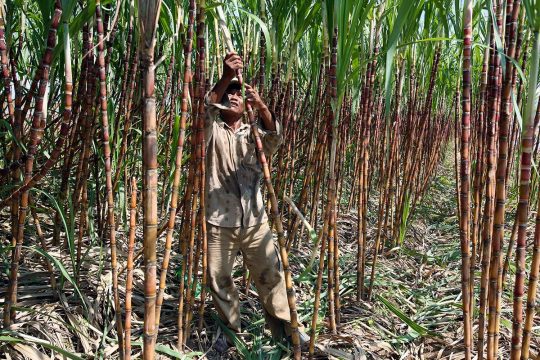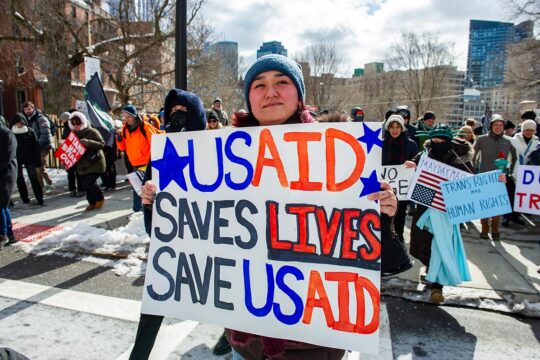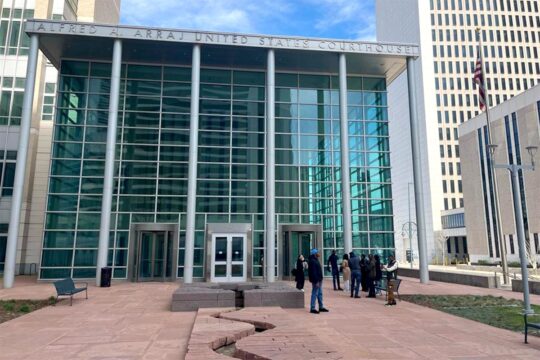Standing next to cages that once housed political prisoners, former Khmer Rouge foot soldier Tho Lon gets a surprisingly sympathetic hearing from a clutch of students, despite his work for a regime that wiped out a quarter of Cambodia's population. "All my life I've been cheated by politicians," he told them in Anlong Veng, a dirt poor town where Pol Pot and his henchmen are still venerated.
"My heart is pained, but I pretend not to be hurt," he adds.
That his complaints get an airing may jar with many Cambodians in a country still piecing together the horrors of the past.
But his testimony is part of a pioneering reconciliation scheme introducing students to former fighters.
Until now, historians, officials and civil society groups helping Cambodia have struggled to decide on how to approach Anlong Veng, which lies on Cambodia's remote northern border with Thailand.
It was here and among the surrounding Dangrek Mountains that Pol Pot and senior Khmer Rouge leaders lived on long after their murderous regime was toppled by Vietnam in 1979.
Hidden deep in the jungle they launched two decades of guerilla attacks that only ended with the rgeion's final defeat in 1998.
As the students listened intently, Tho Lon explained why he kept on fighting.
"We were living in the mountains," he said. "We had lost all contact with others so we believed what we were told, that the Vietnamese would behead us (if we stopped)".
Tho Lon, 57, paid for his loyalty. He lost his sight in one eye and his right arm below the elbow in a mine blast fighting for a Marxist agrarian utopia that never materialised.
The country paid a bigger price -- a grisly legacy for Cambodia's younger generations.
Along Veng also hosts the dilapidated grave of Pol Pot, the regime's "Brother Number One", who died nearly two decades after the Khmer Rouge fell.
"I feel a mixture of excitement and pity," said Sang Thong, a 25-year-old student from the town of Battambang, as classmates snapped pictures of the grave on their phones.
Some of his relatives died under Pol Pot, he explained.
"But I don't come here to take revenge against him, I come here to learn more and understand more deeply about his regime."
'Never forget'
Ly Sok-Kheang, head of the Anlong Veng Peace Programme, part of the Documentation Centre of Cambodia that researches the country's genocide, said the meetings "promote historical empathy and understanding."
But he admits it was no easy sell.When Cambodia's long civil war finally ended with the fall of Anlong Veng, he explained, most of the reconciliation work understandably centred on commemorating the Khmer Rouge's victims.
The country's killing fields and notorious detention camps like Tuol Seng have become focal points for those efforts, while Anlong Veng has remained an impoverished backwater.
But Ly Sok-Kheang believes the town should also be remembered, precisely because it was the place where Cambodia finally managed to end decades of violence.
"I think Anlong Veng is the perfect place when we talk about peace in Cambodia," he told AFP.
Ignoring it, some argue, has fed the festering support for Khmer Rouge in the region.
Tho Lon gave his lecture in the grounds of a tumble-down but once grand villa that was owned by Ta Mok, a senior Khmer Rouge leader nicknamed "The Butcher" for the massacres he perpetrated.
He died in 2006 without ever seeing justice.
Ta Mok rose to number three in the Khmer Rouge hierarchy. But he eventually turned on Pol Pot as the remnants of the movement imploded and turned on eachother.
Pol Pot was arrested and tried by Ta Mok's faction in 1997.
Ta Mok remains celebrated in the town, primarily for irrigation projects and doling out money and favours.
"I would like to stress that living under Ta Mok, both civilians and troops loved him," said Tho Lon.
Pol Pot's power lingers -
Sieng Sok Heng, chief of Anlong Veng's tourism office -- a wooden shack down a dusty road -- agreed.
"A lot of the people here were under Ta Mok," he said, adding they instead "hate the regime and its leaders."
Sieng Sok Heng hopes more tourists will seek out the town. Currently some 2,000 locals and 30 international tourists visit each month.
Many seek out Pol Pot's grave.
The Khmer Rouge leader died in yet to be fully explained circumstances shortly after his trial by Ta Mok's henchman.
He was swiftly cremated on a bed of car tyres on a hillside overlooking the town, a stone's throw from the Thai border.
His grave lies in the shadow of a large, newly constructed casino filled with Thai and Chinese tourists, the only clue to its existence a rusty blue sign.
For Chhoeun Chhay Lin, 18, the grave stood as a warning.
"I feel a little bit scared of him as a leader, whether he's dead or alive, he still has some power over people," she said.
"But students should know about history. We must learn never to follow the direction of that dark regime again."






